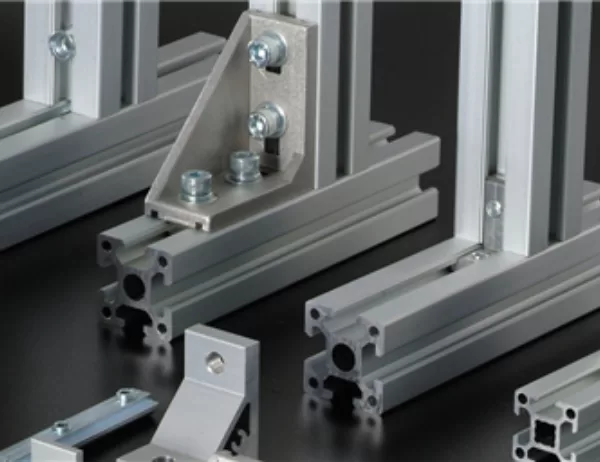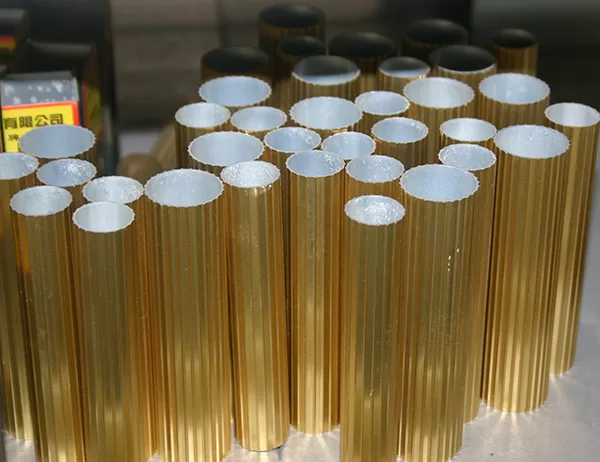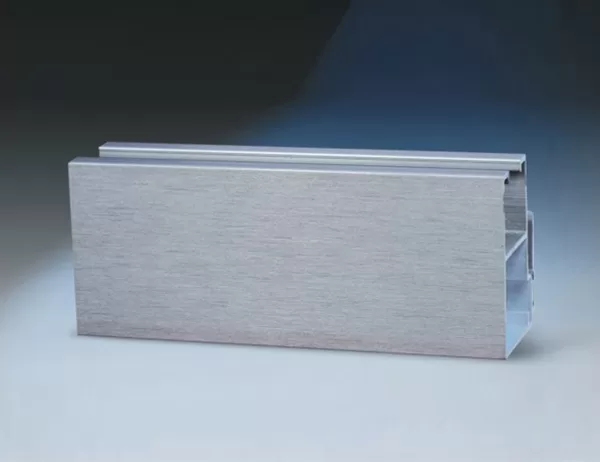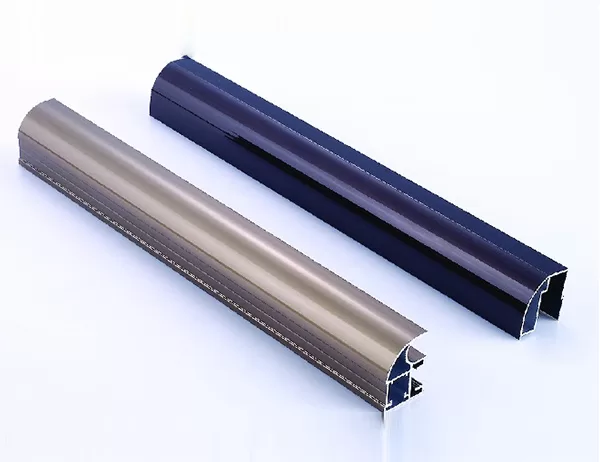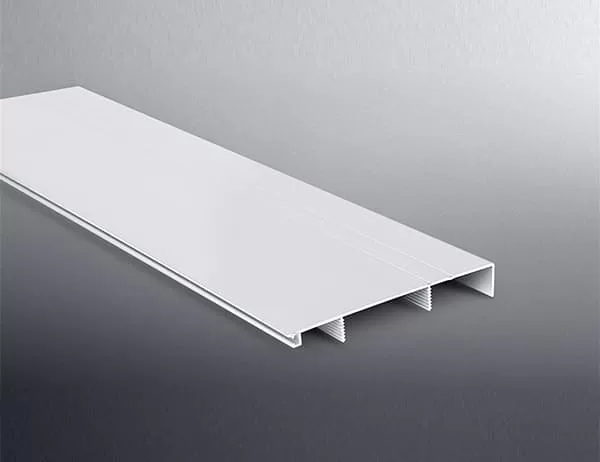A Comprehensive Guide to Aluminum Track Profiles and Their Applications
In the realm of industrial engineering and design, aluminum track profiles reign supreme as versatile and indispensable components. These extruded metal shapes, characterized by their precise dimensions and rugged construction, play a pivotal role in a myriad of applications across various industries.
Unveiling the World of Track Profiles
Aluminum track profiles come in a vast array of shapes, sizes, and alloys, each specifically engineered to cater to unique requirements. From U-channels and T-tracks to angles and perforated slots, these profiles offer endless possibilities for customization and integration.
Applications That Span Industries
The versatility of aluminum track profiles extends to a broad spectrum of industries, including:
Industrial Automation: Conveyor systems, robotic arms, and other automated machinery rely heavily on track profiles for precision movement and stability.
Construction: Facades, partitions, and interior design elements incorporate track profiles to provide structural support, flexibility, and aesthetic appeal.
Transportation: Aircraft, trains, and automobiles utilize track profiles for mounting components, creating access panels, and optimizing weight distribution.
Electronics: Enclosures, cooling systems, and control panels are often constructed using track profiles, ensuring durability and electromagnetic compatibility.
Benefits that Elevate Performance
The use of aluminum track profiles offers numerous advantages:
Strength and Durability: Aluminum’s inherent strength and resistance to corrosion make it an ideal choice for demanding applications.
Precision Manufacturing: Extruded profiles ensure precise dimensions and consistency, eliminating the need for complex machining and assembly processes.
Corrosion Resistance: Aluminum’s natural oxide layer protects against corrosion, reducing maintenance requirements and extending the lifespan of components.
Flexibility and Customization: The wide range of profiles and alloys allows for tailored solutions that meet specific design and performance criteria.
Conclusion
Aluminum track profiles are the cornerstone of countless industrial and engineering applications. Their versatility, durability, and precision make them an invaluable asset for designers, engineers, and manufacturers alike. By understanding the properties and applications of track profiles, we can harness their full potential to create innovative and functional solutions across industries.
